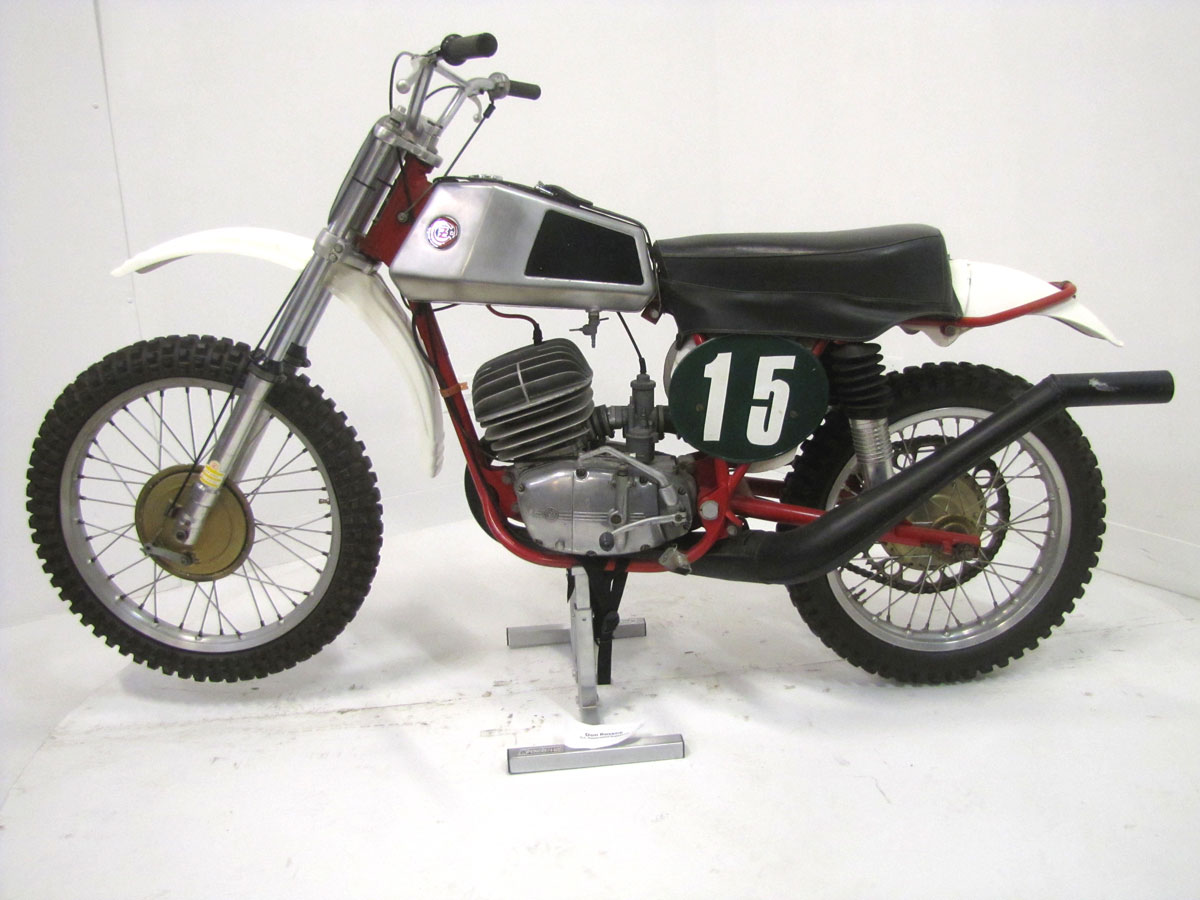
By 1975, most agree the Japanese manufacturers had taken over competition in showrooms and were gaining ground on tracks throughout America. Suzuki, Kawasaki and Yamaha had been making good motocross bikes for a few years. The first two-stroke for the company, the 1973 Honda Elsinore CR250 really worked and sold like hotcakes. So by 1975 there was a broad group of Japanese entries into the highly competitive motocross market.
But European two-strokes had been their prototypes in many ways, and in 1975 the CZ factory in Czechoslovakia responded. The machine closely resembled the “works” bike with which Jaroslav Falta had nearly won the 1974 250cc World Championships.
Much like the Olympics, FIM sanctioned international motorcycle racing can get rough. Observing “rough riding” by two Russian riders in which spectators say they rammed Falta, knocked him down during the Swiss round of the 1974 World Championship, the FIM, Federation International de Motorcyclisme, jury still sided with the Russian team. Their decision put Falta in second place for the race. He was then out of the 250cc World Championship by just a couple of points.
Working from their successful factory design, the 1975 CZ250 Falta Replica model used the key components from the 1974 factory race bike. It continued to offer CZ’s indestructibility and racing performance. The bike’s alloy-bodied hydro-pneumatic air-shocks that were cutting edge and effective, magnesium hubs were laced to flange-less alloy rims and there was a distinctive hand-made leather belt to secure the alloy fuel tank. These had all been features of Falta’s factory race bike. The single down-tube frame in red improved styling, and the Falta Replica began to move away from the somewhat crude look earlier CZ’s had a reputation for. The F.I.M. even called it the Cycle of the Year.
This fine example of a relatively rare Falta Replica was donated to the National Motorcycle Museum by Tina and Kevin McGill. It was first displayed in the 2017 Dirt Riding USA exhibition at the National Motorcycle Museum alongside almost 50 other memorable off-road motorcycles.
Specifications:
-
- Engine: Piston Port Two-Stroke Single
- Bore & Stroke: 70mm x 64mm
- Displacement: 246cc’s
- Carburetion: 32mm Jikov
- Compression Ratio: 11.5 : 1
- Lubrication: Pre-Mixed Fuel
- Ignition: 6 Volt Flywheel Magneto
- Primary: Gear Driven
- Clutch: Dry, Multi-Plate
- Horsepower: 34HP @ 6000RPM
- Frame: Tubular Steel, Single Down-Tube
- Suspension: Telescopic Fork / Swing Arm, Air Shocks
- Wheels / Tires: 2.75 x 21 / 4.00 x 18
- Brakes: 7 Inch SLS / 7 Inch SLS
- Wheelbase: 53 Inches
- Weight: 232 Pounds
Leave a Reply
Want to join the discussion?Feel free to contribute!

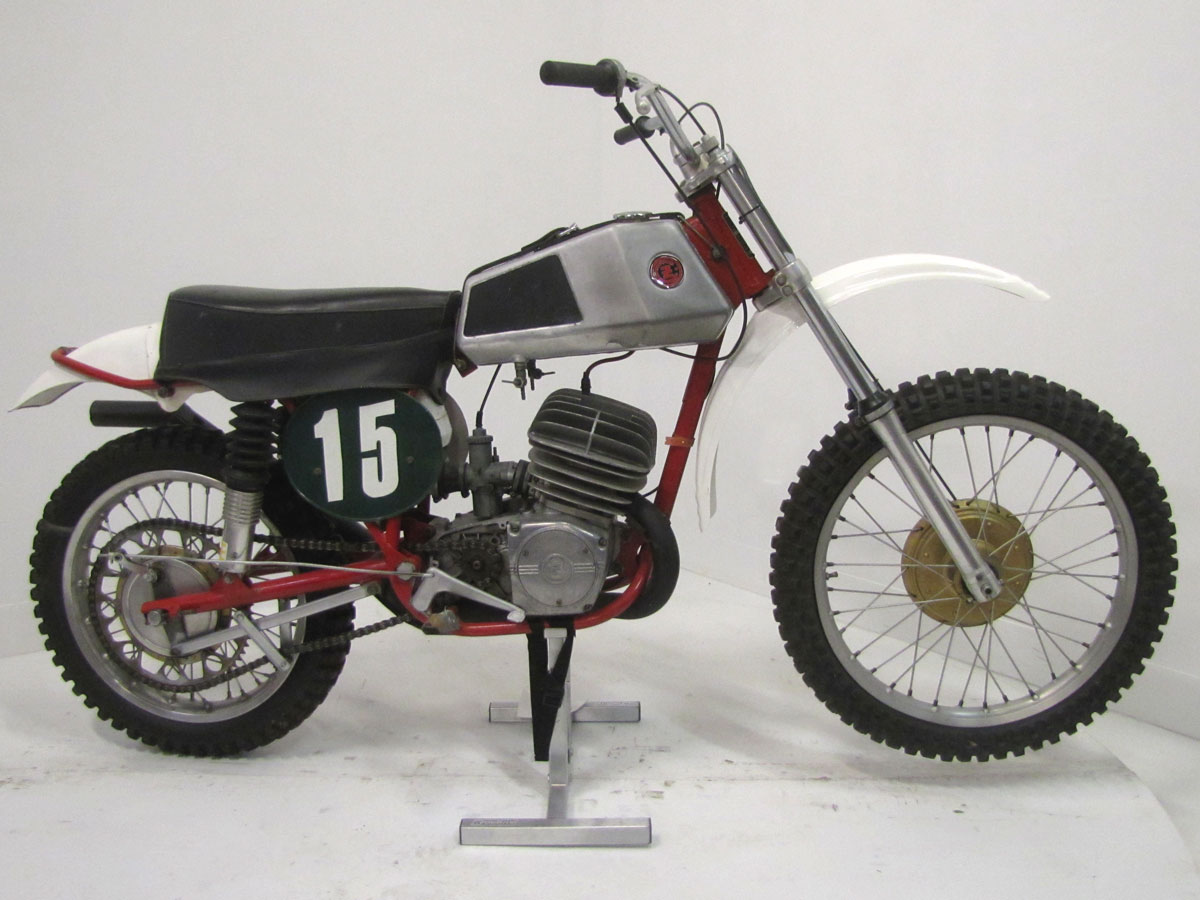
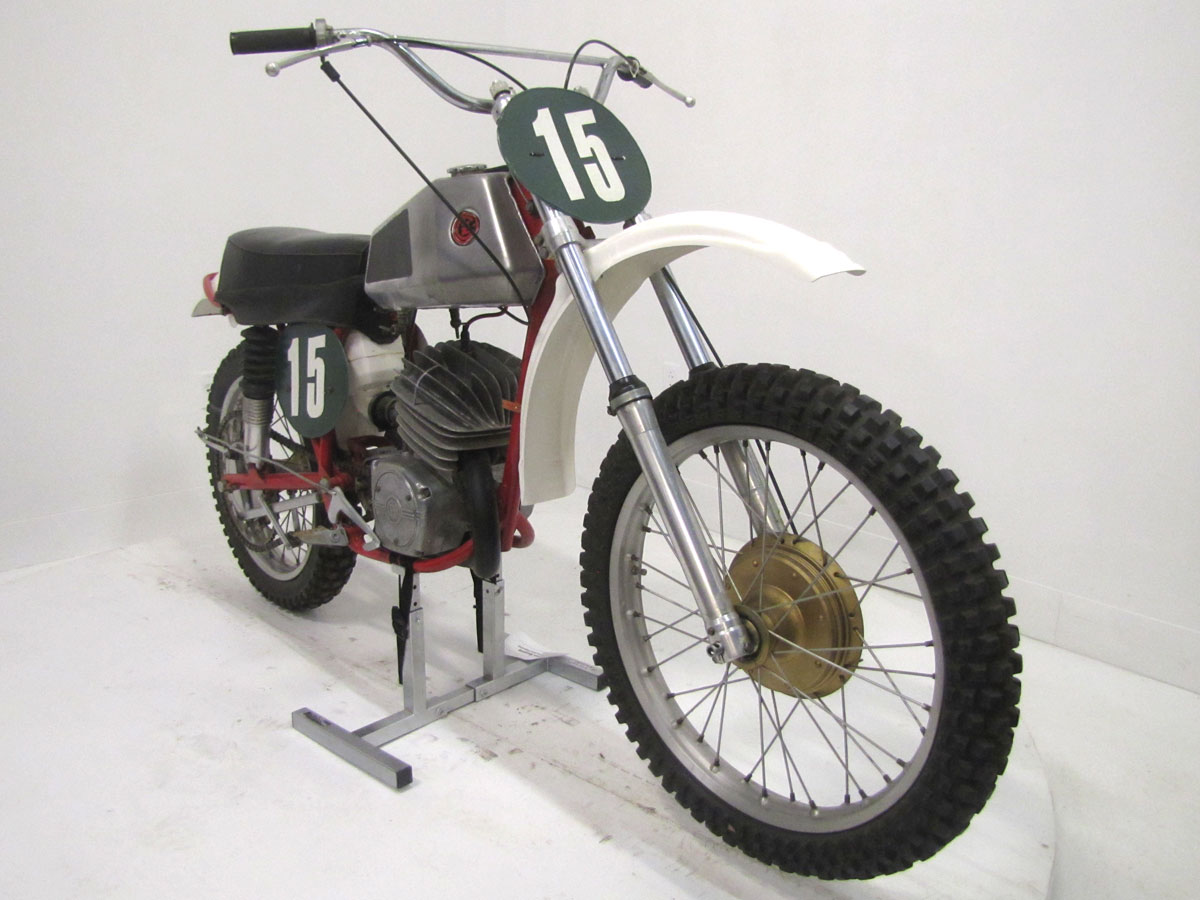
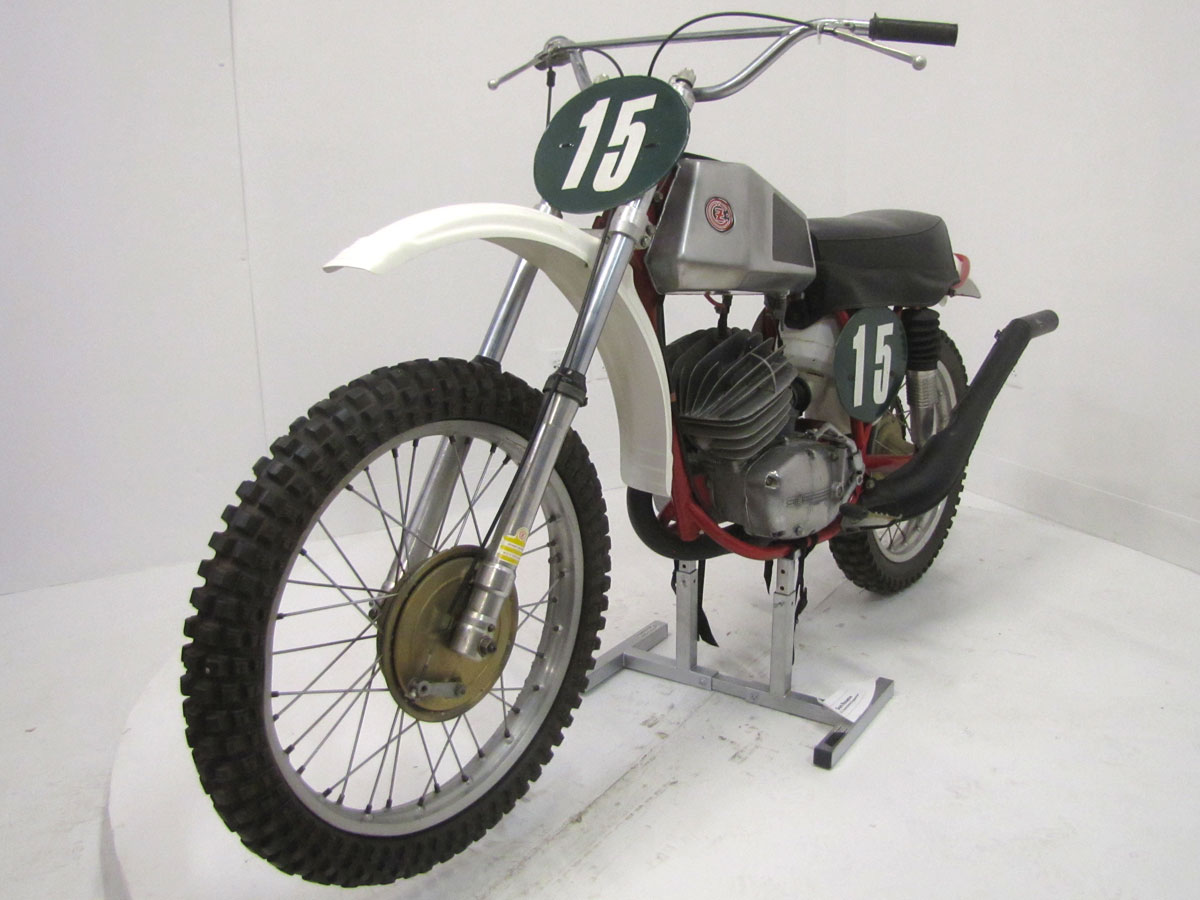
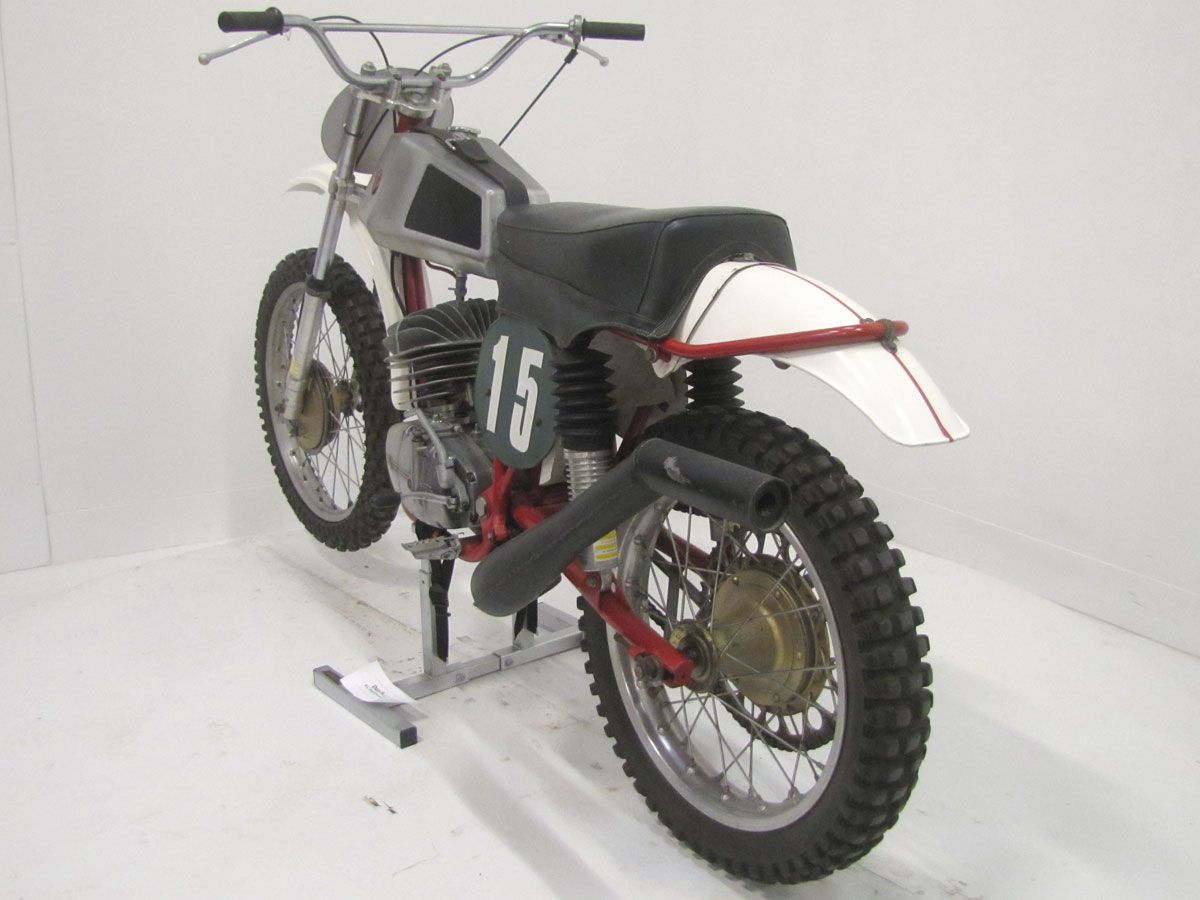
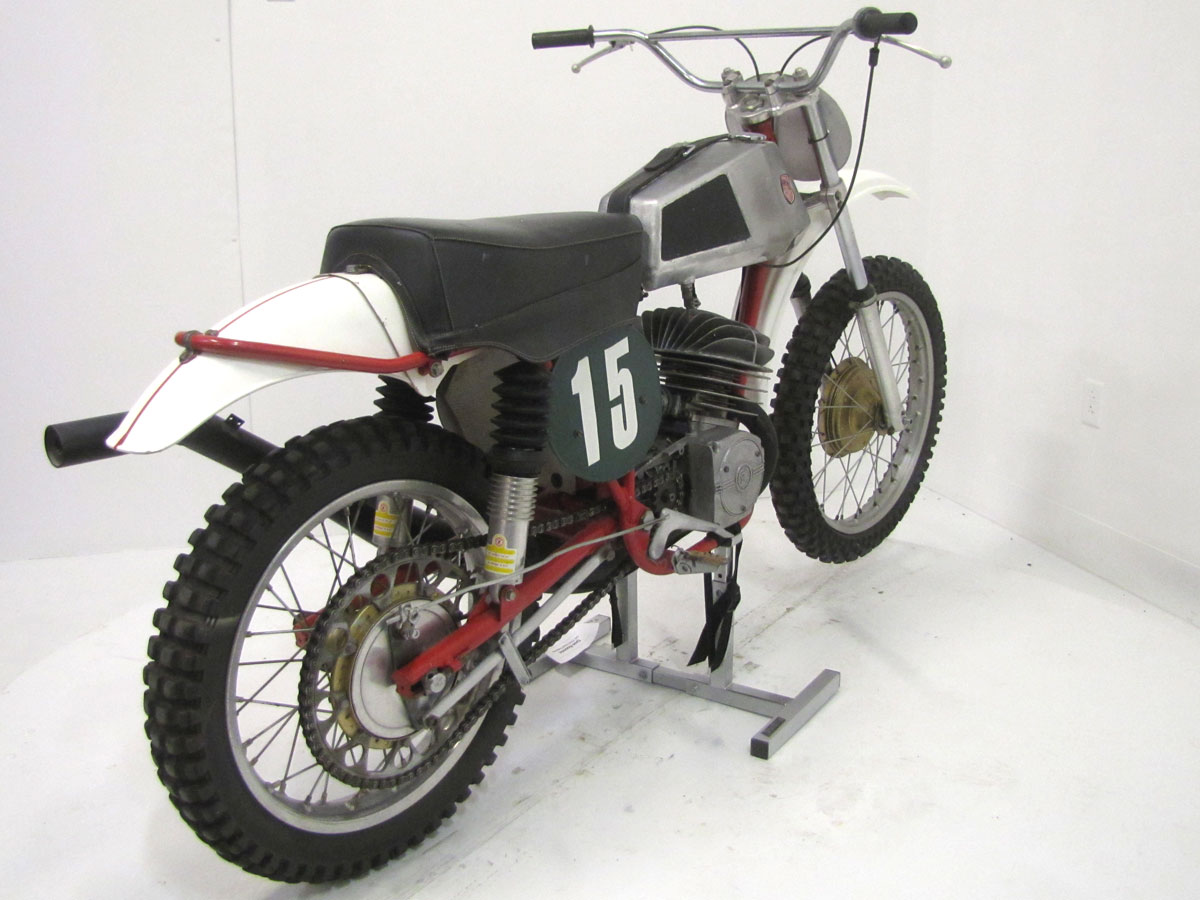
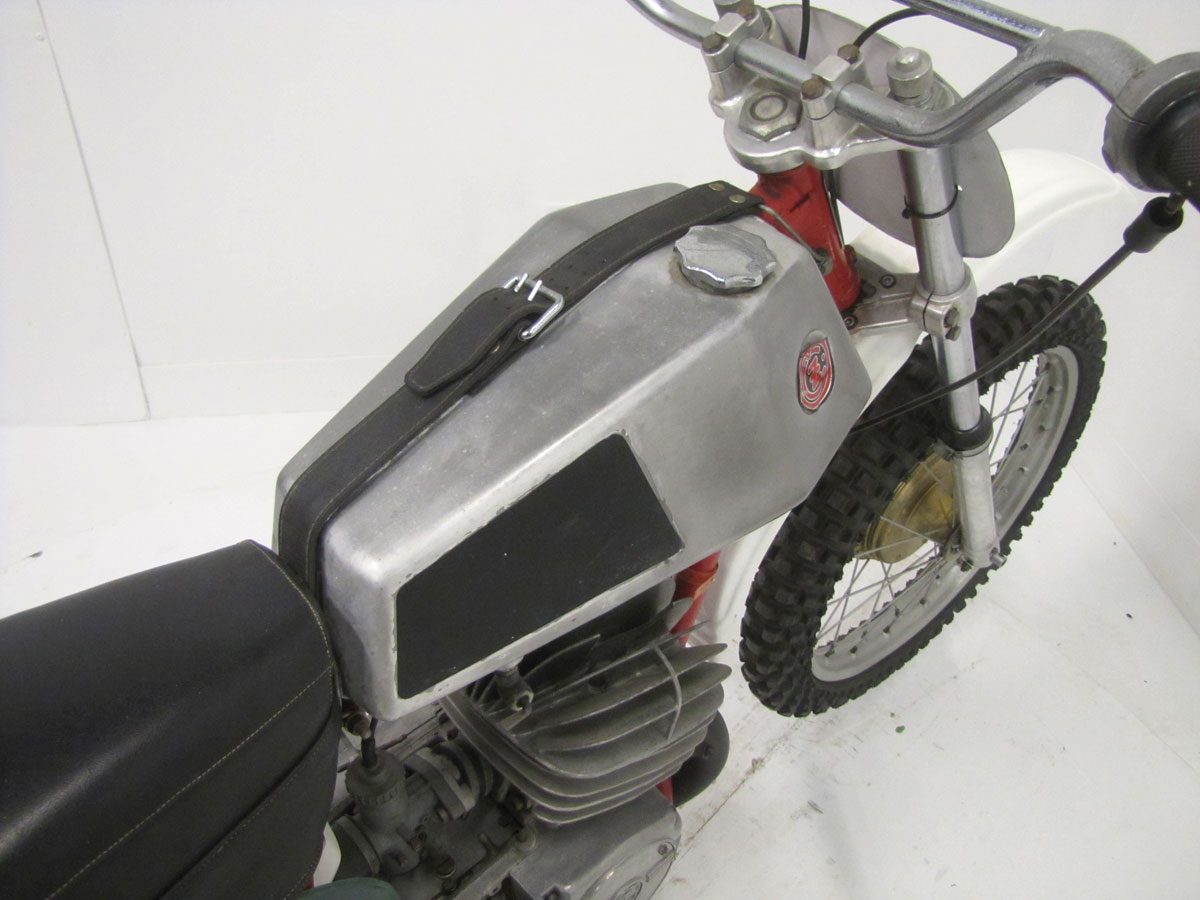
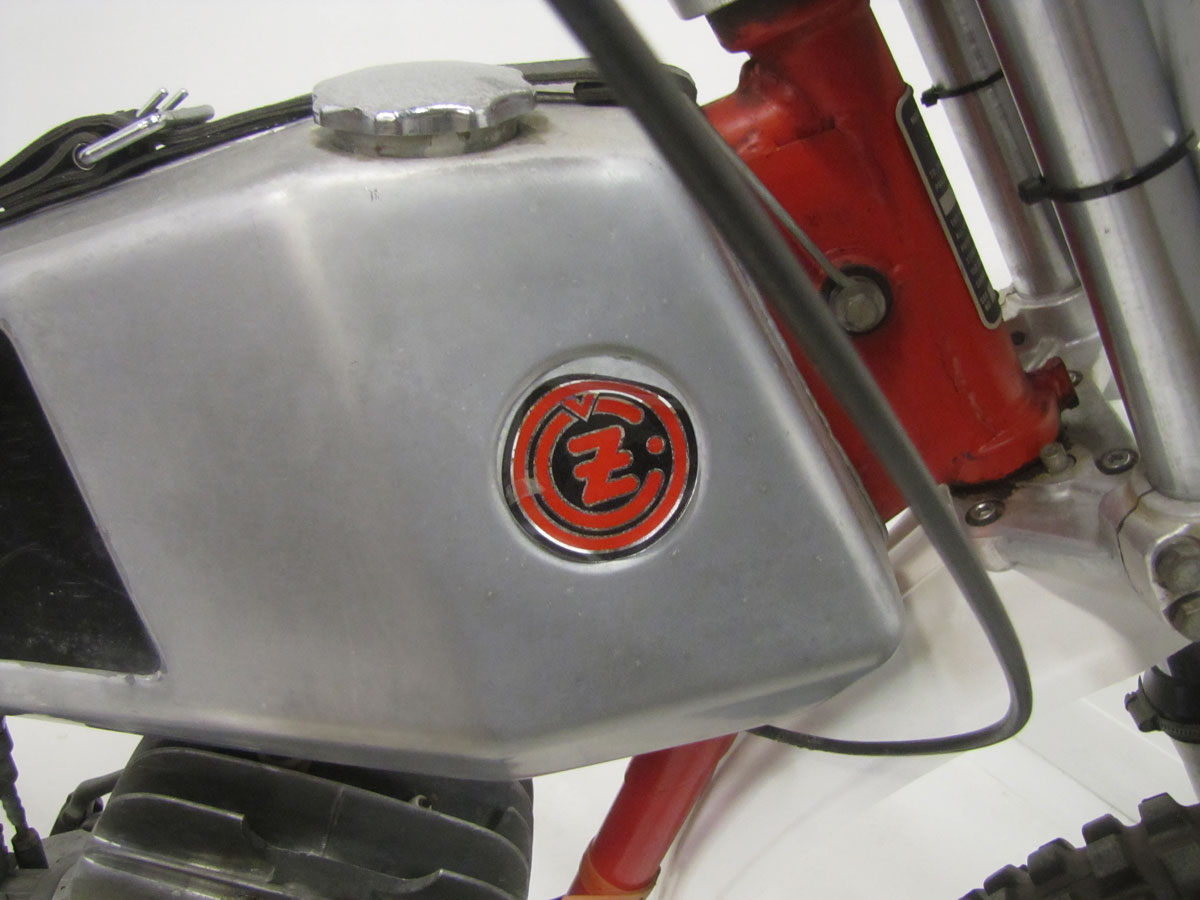
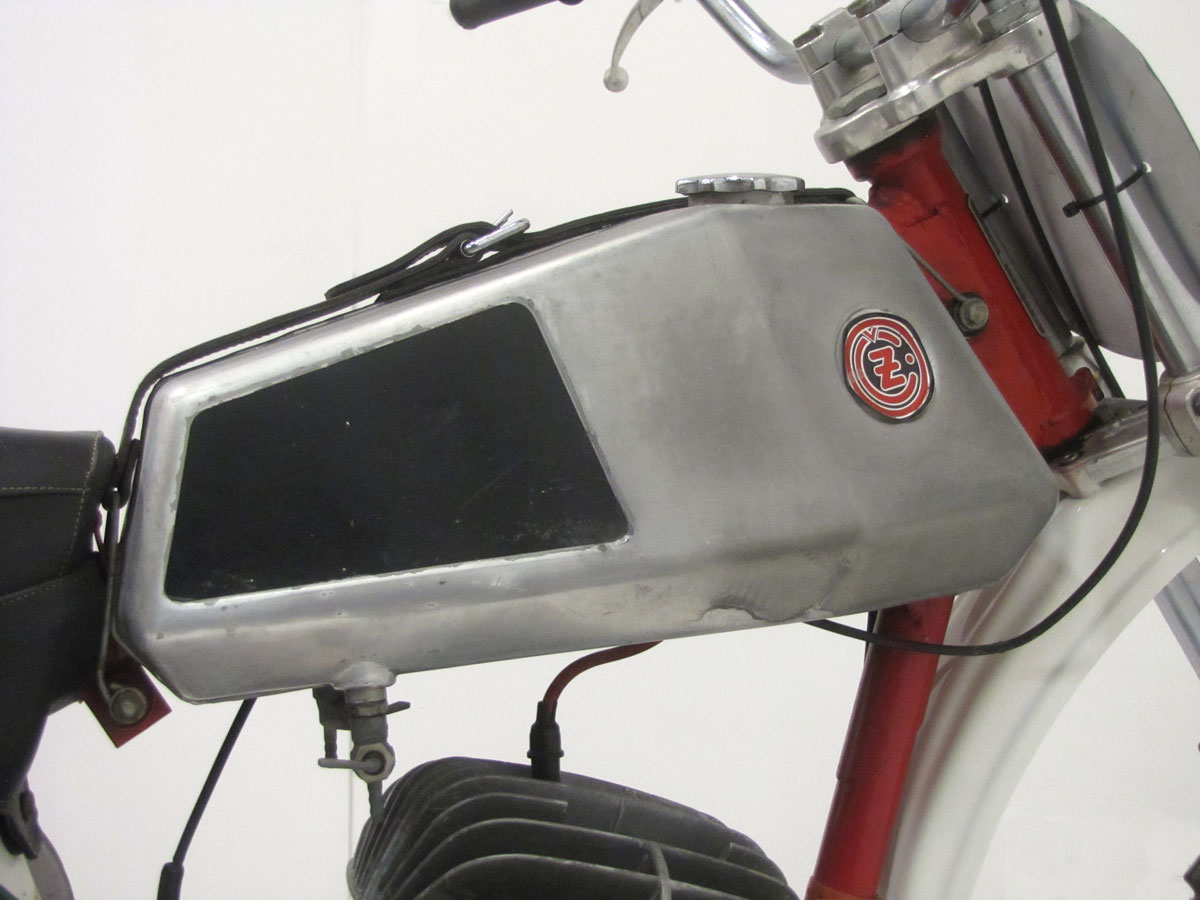
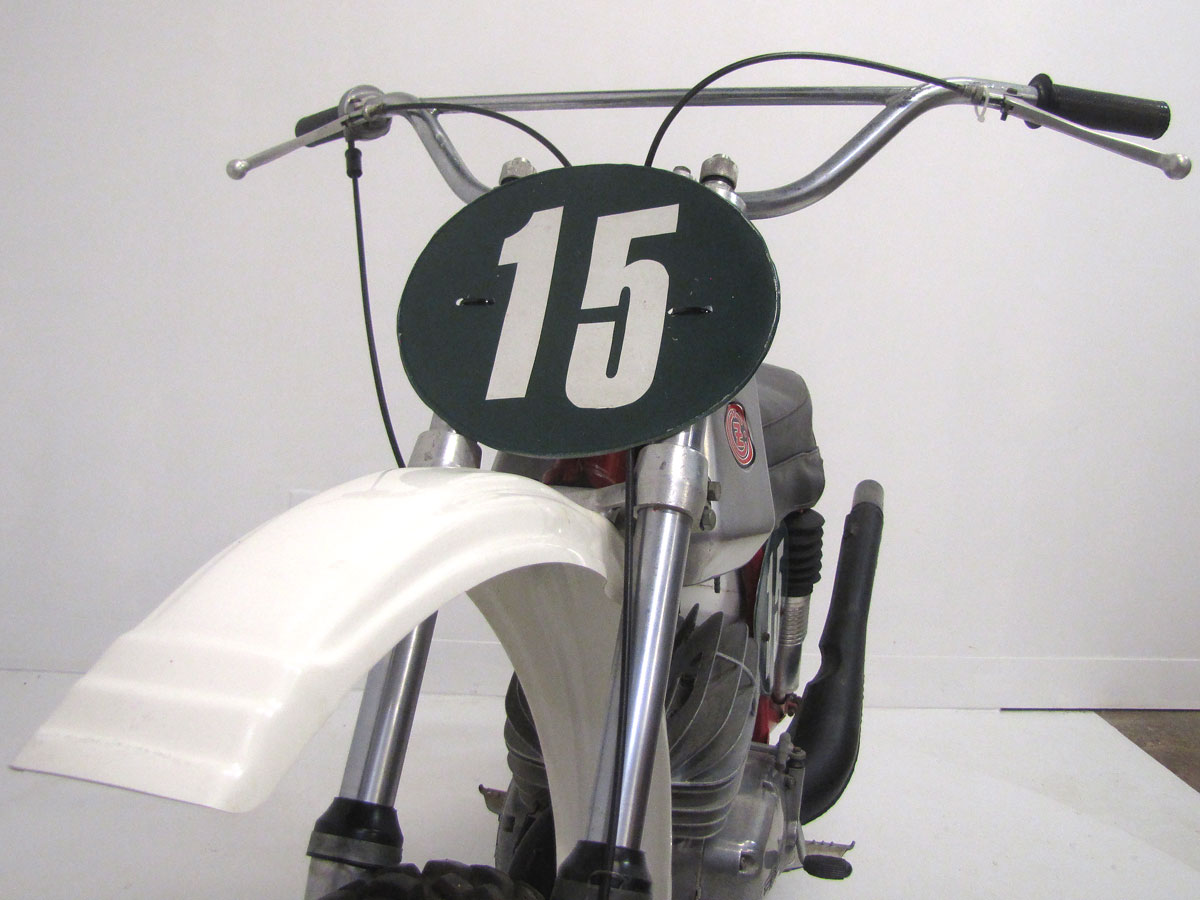
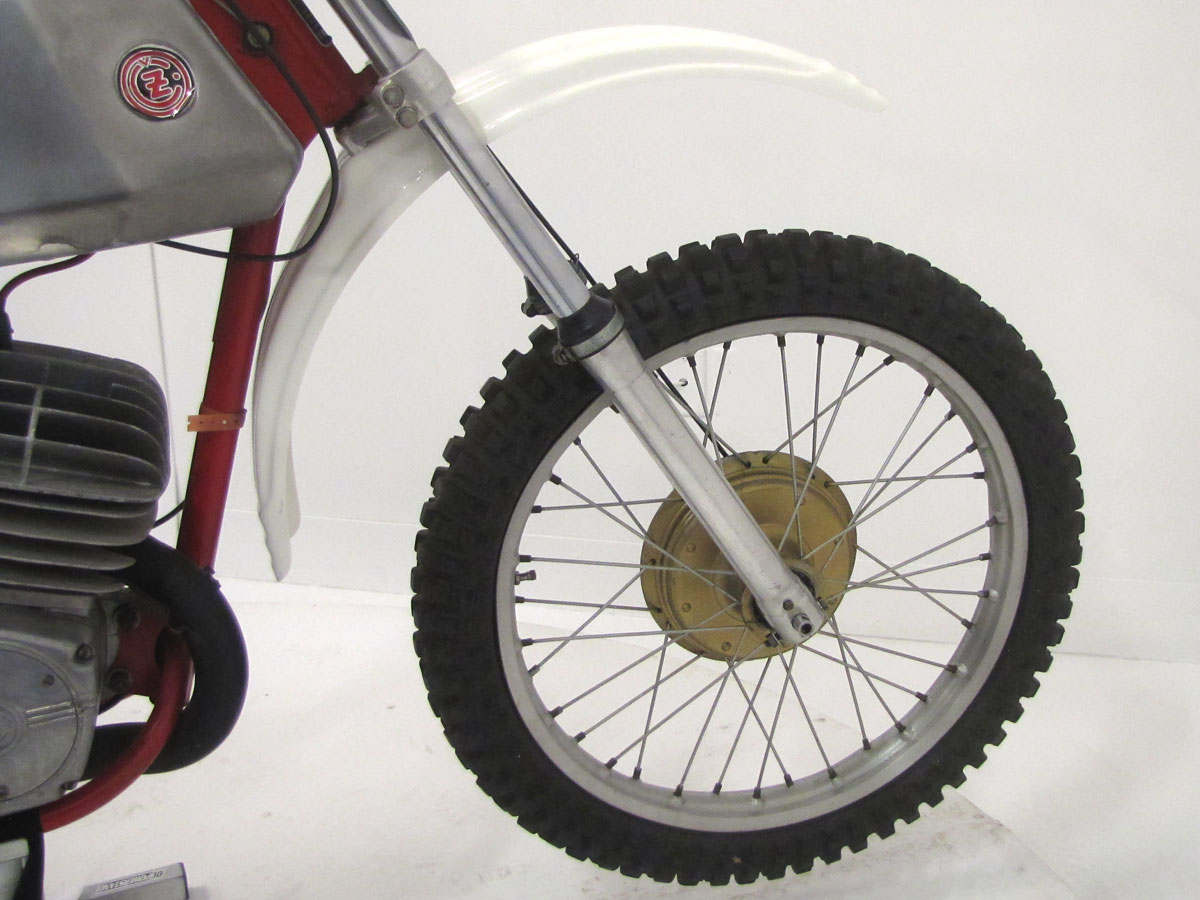
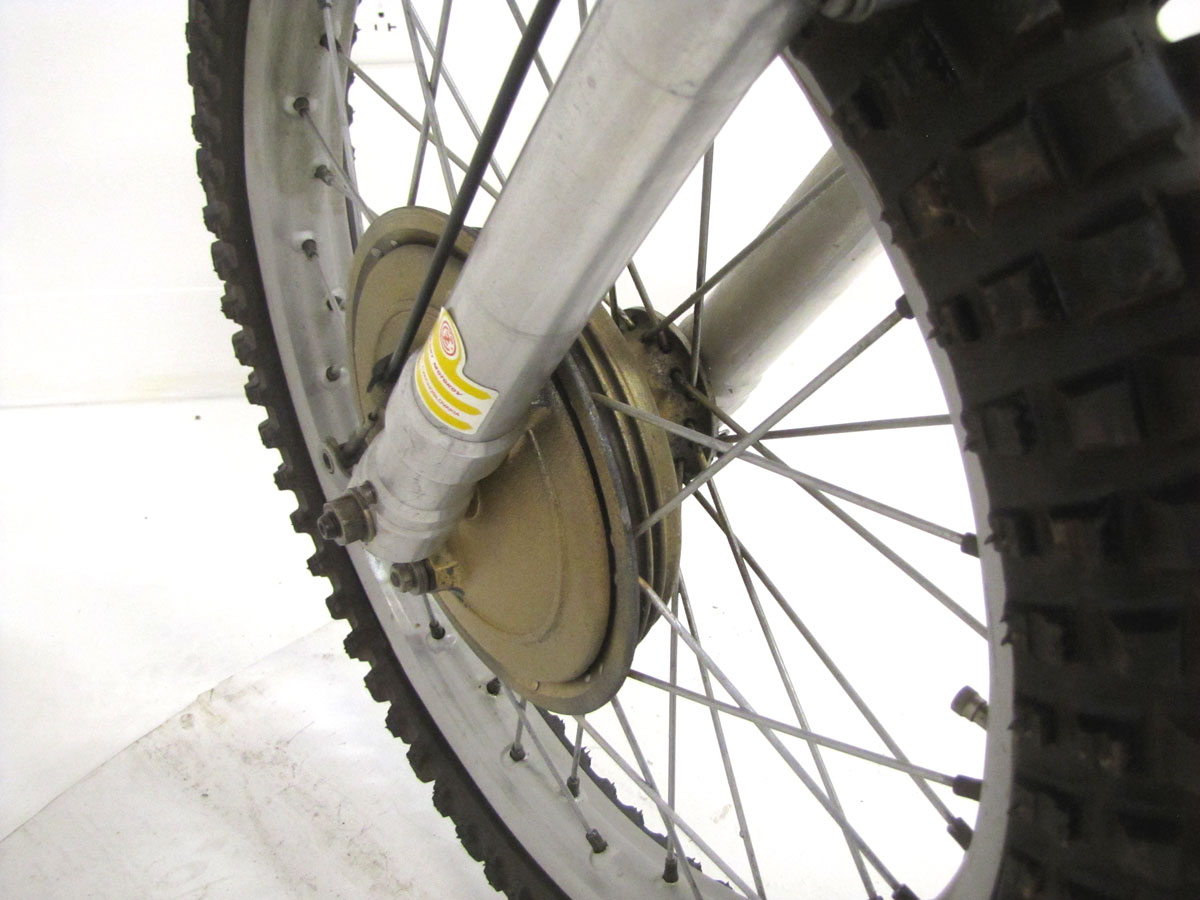
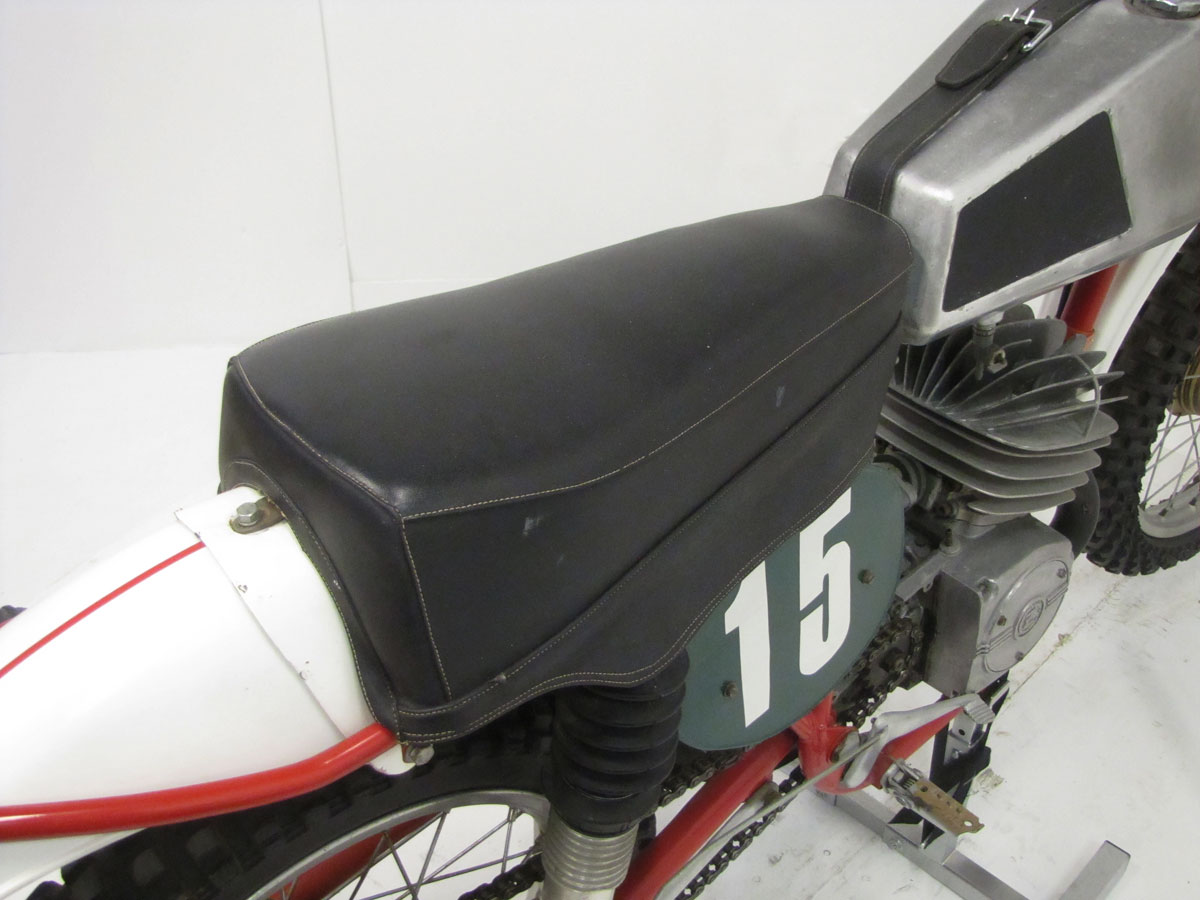
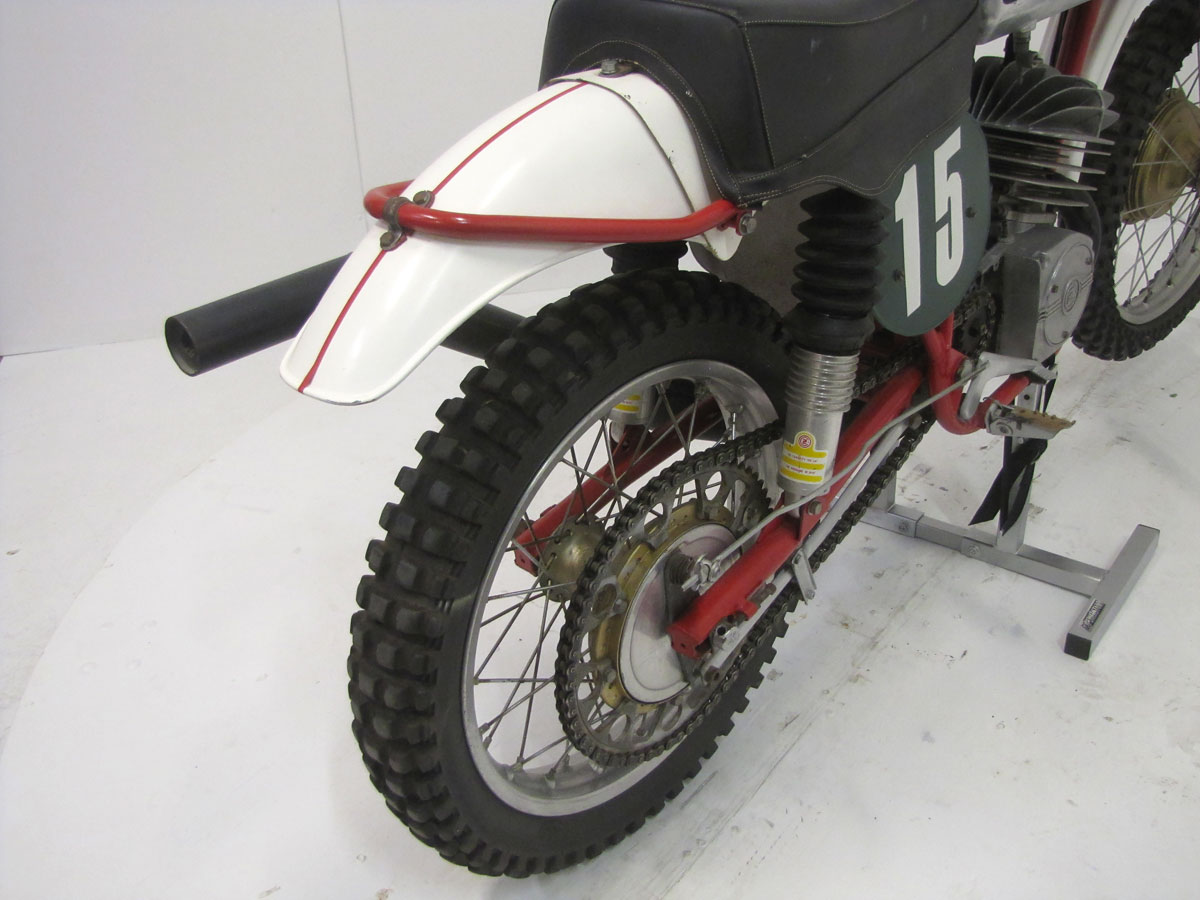
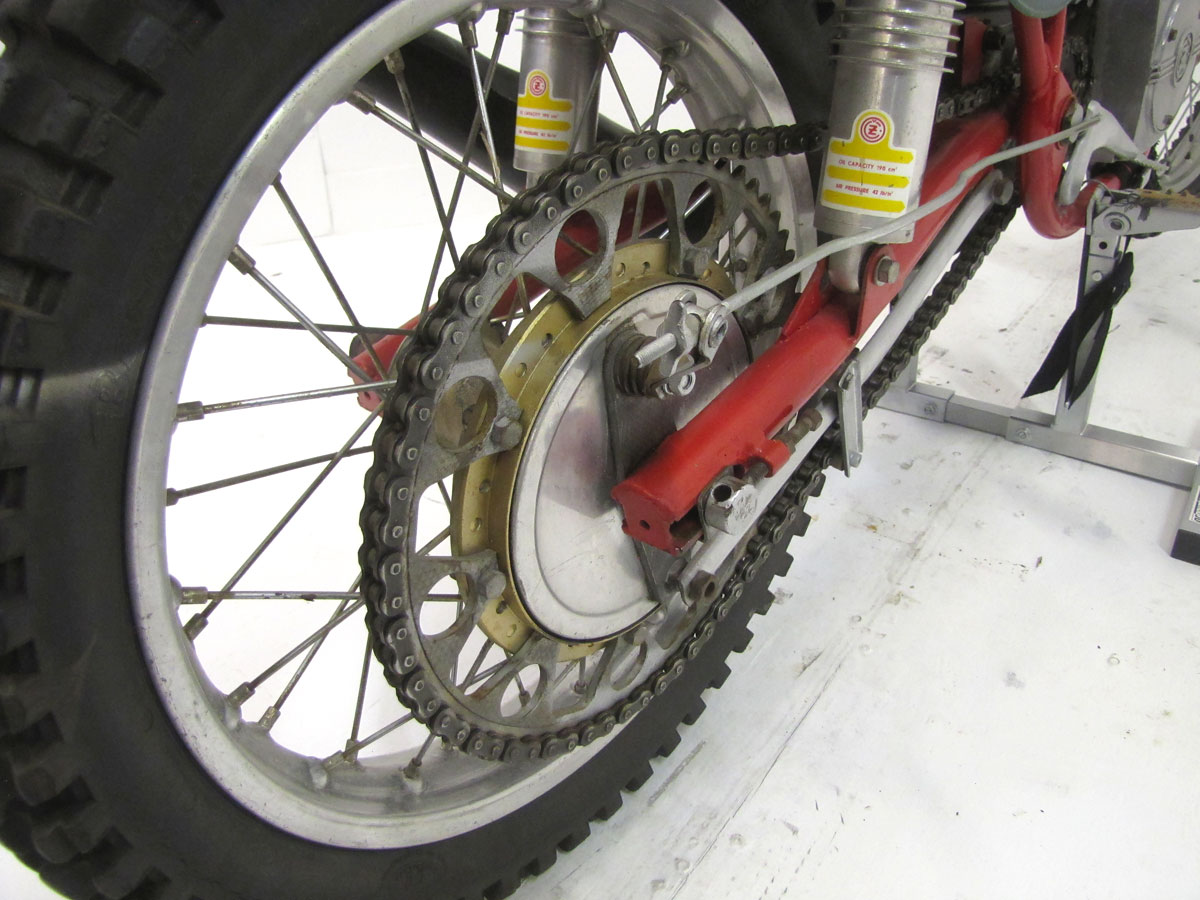
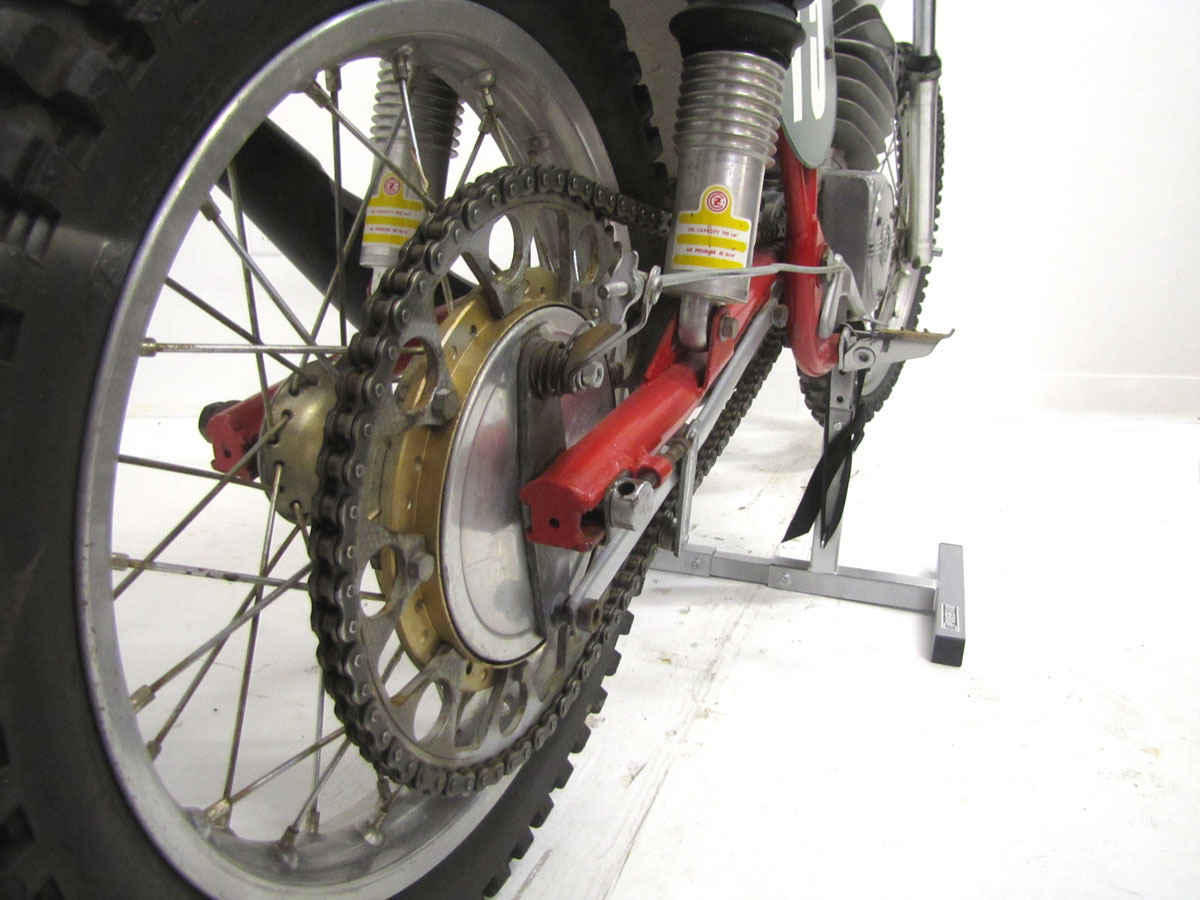
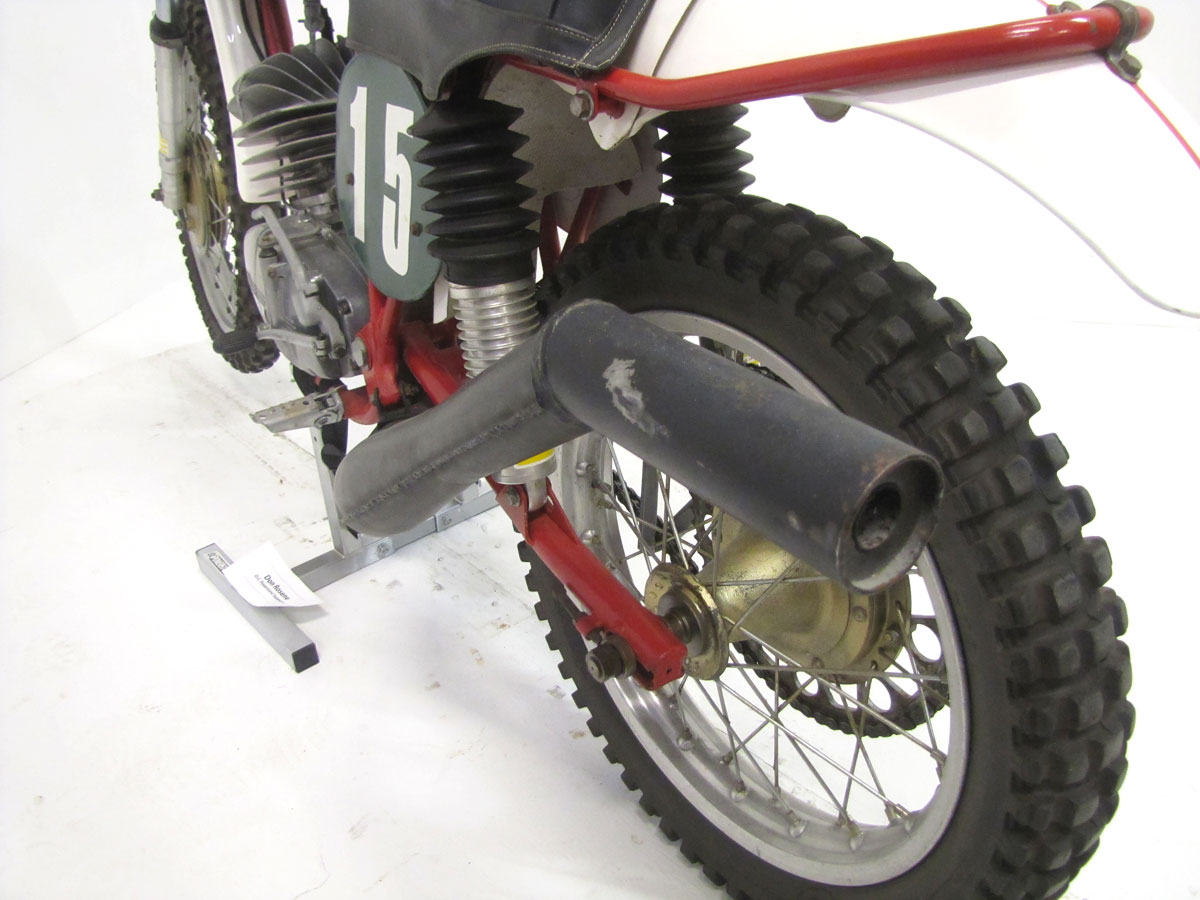
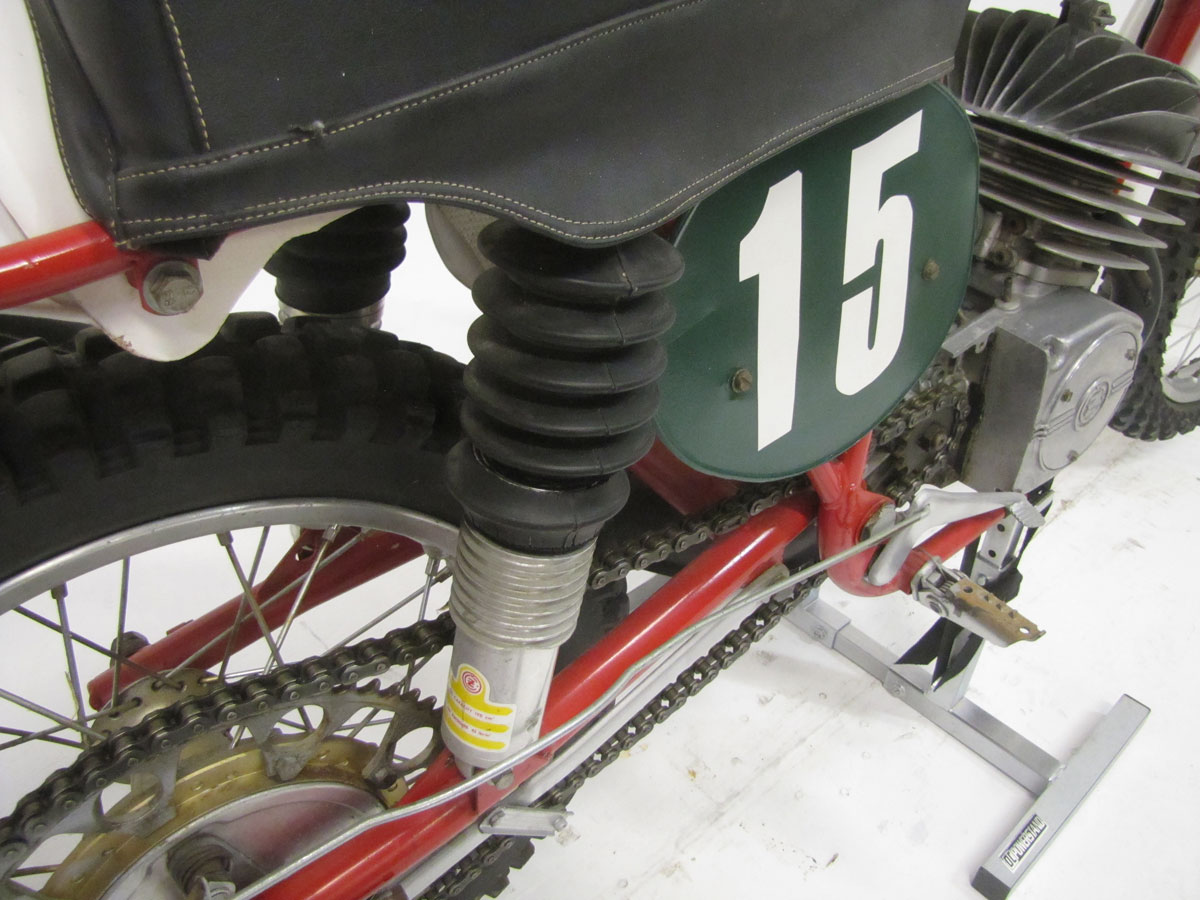
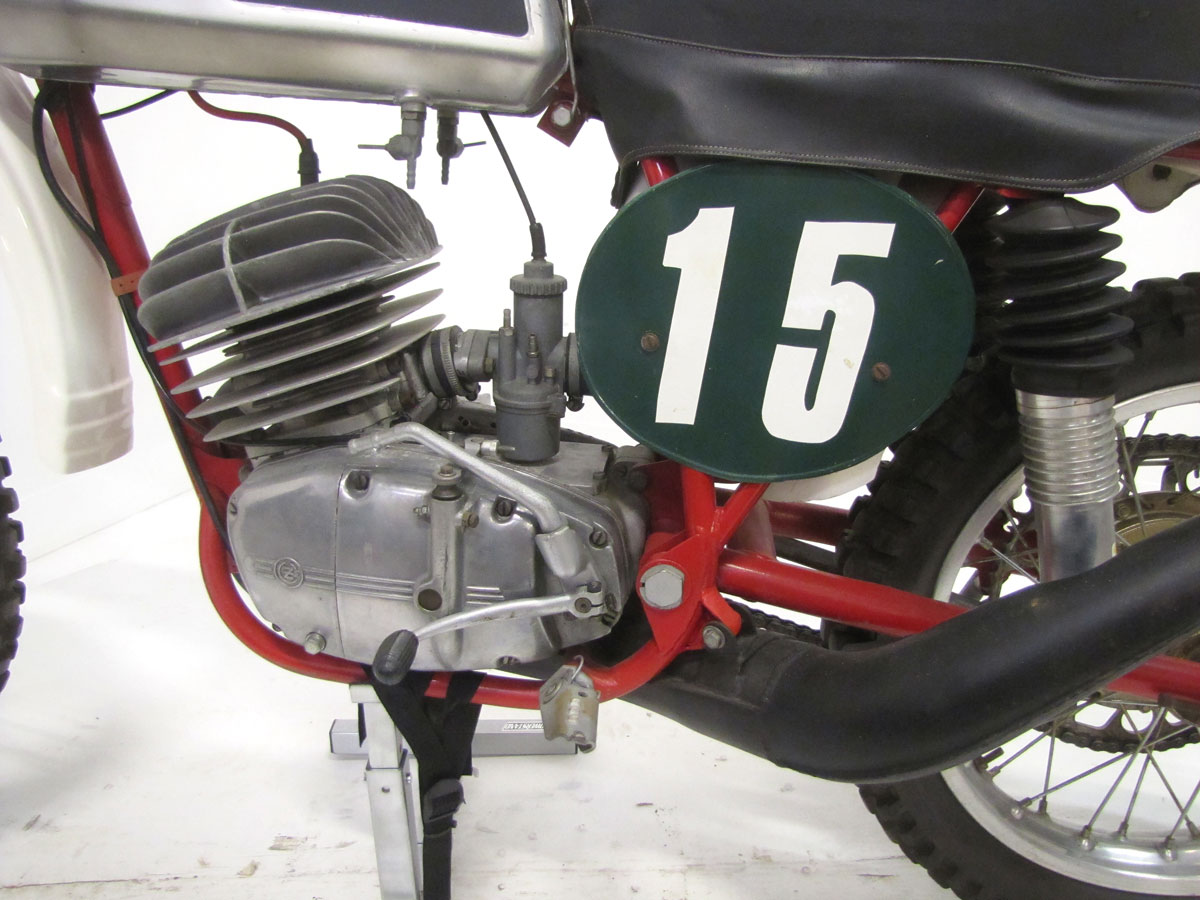
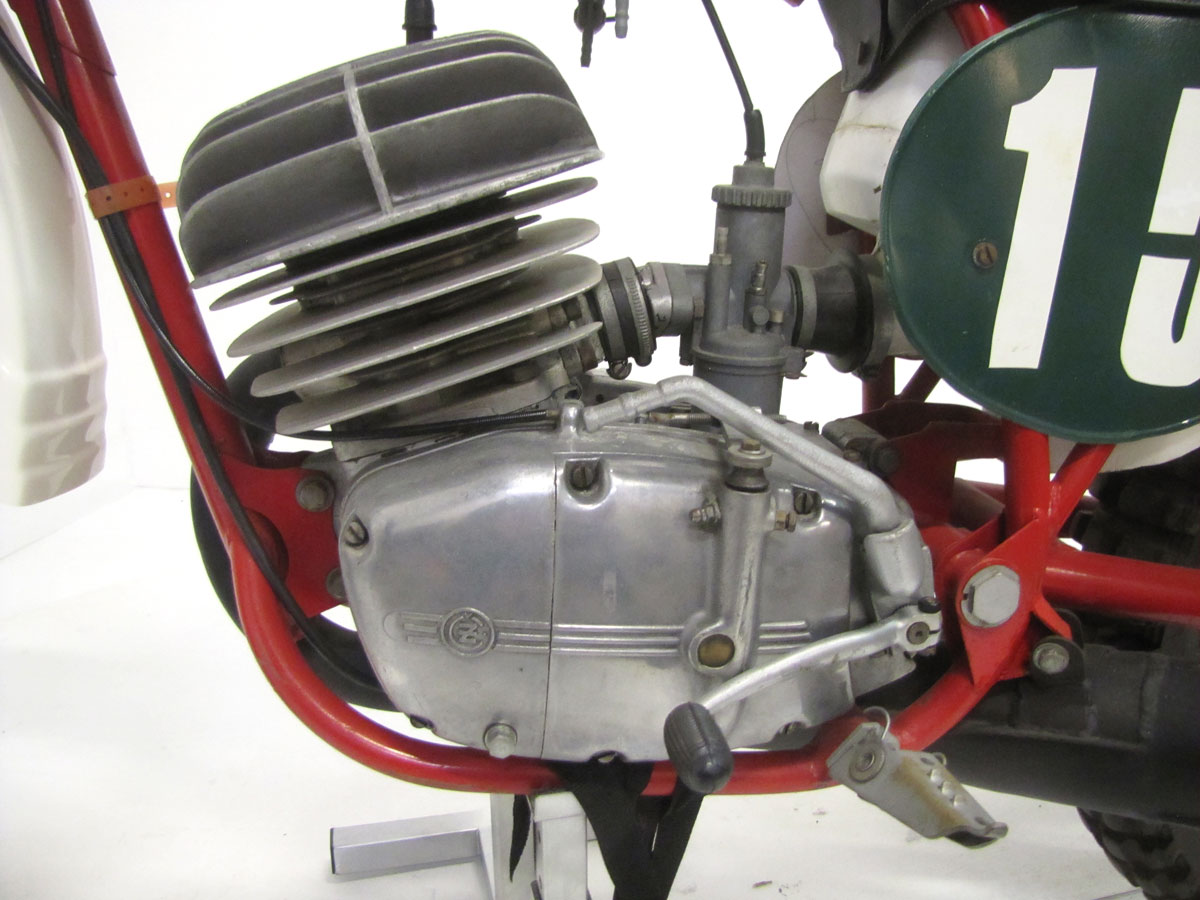
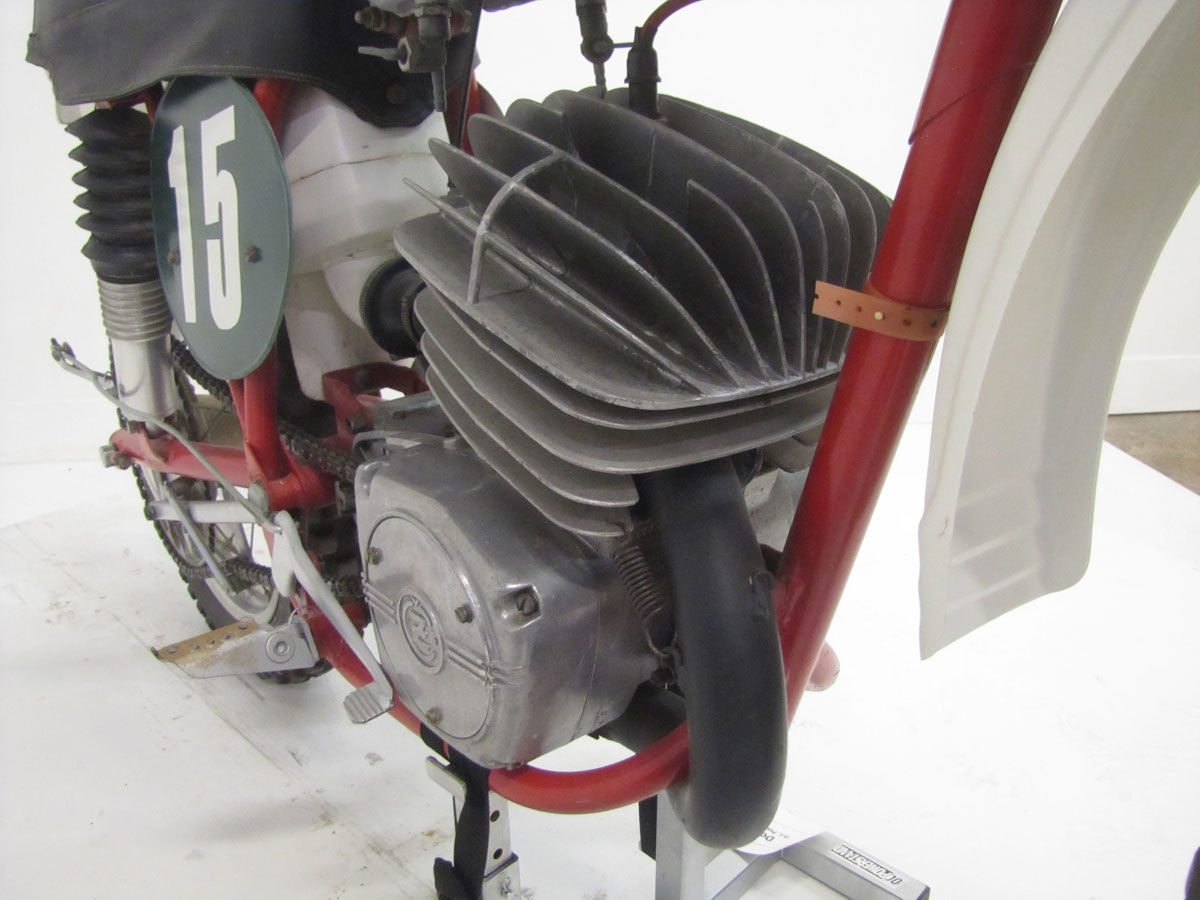
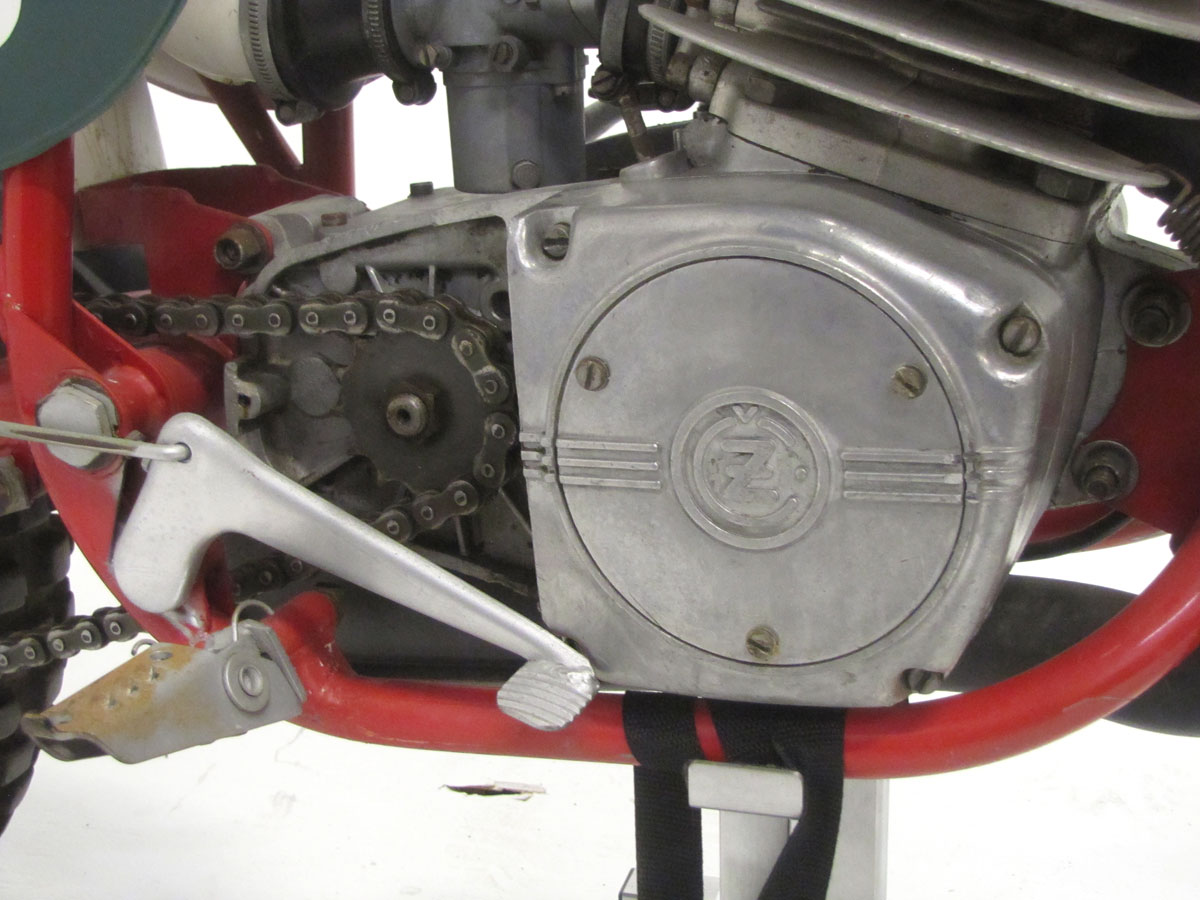


I still love seeing the huge, radial finned heads of that era and surely remember, and miss, the smell of “bean” oil at the tracks, most of a lifetime ago!
Once upon a time, I put a few drops of “bean oil” in my lawn mower fuel, to remind me of watching racing at Nelson-Ledges, back in the 1960’s.
Spent a bunch of Sundays at the track at Nelson Ledges in the mid 70’s. Started running hare scramble on my Hodaka Super Combat. Gave it up after my first ride in the 250 class on a ’75 Husqvarna CR250. Too rough, no place for a 15 year old, at least not for a fast one. Still have the Husky.